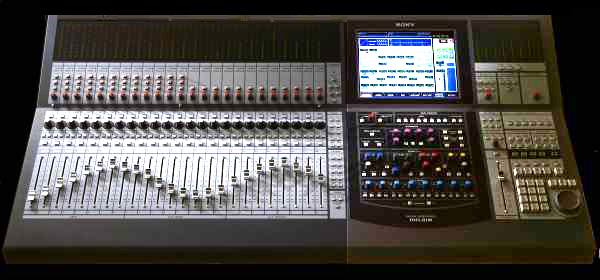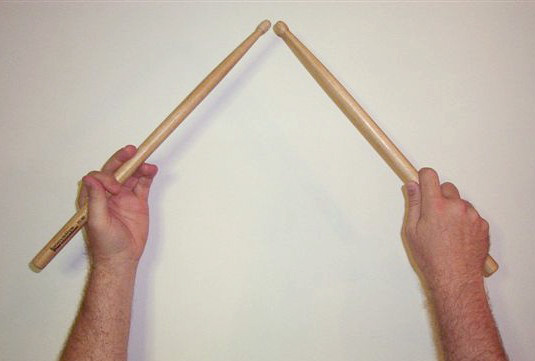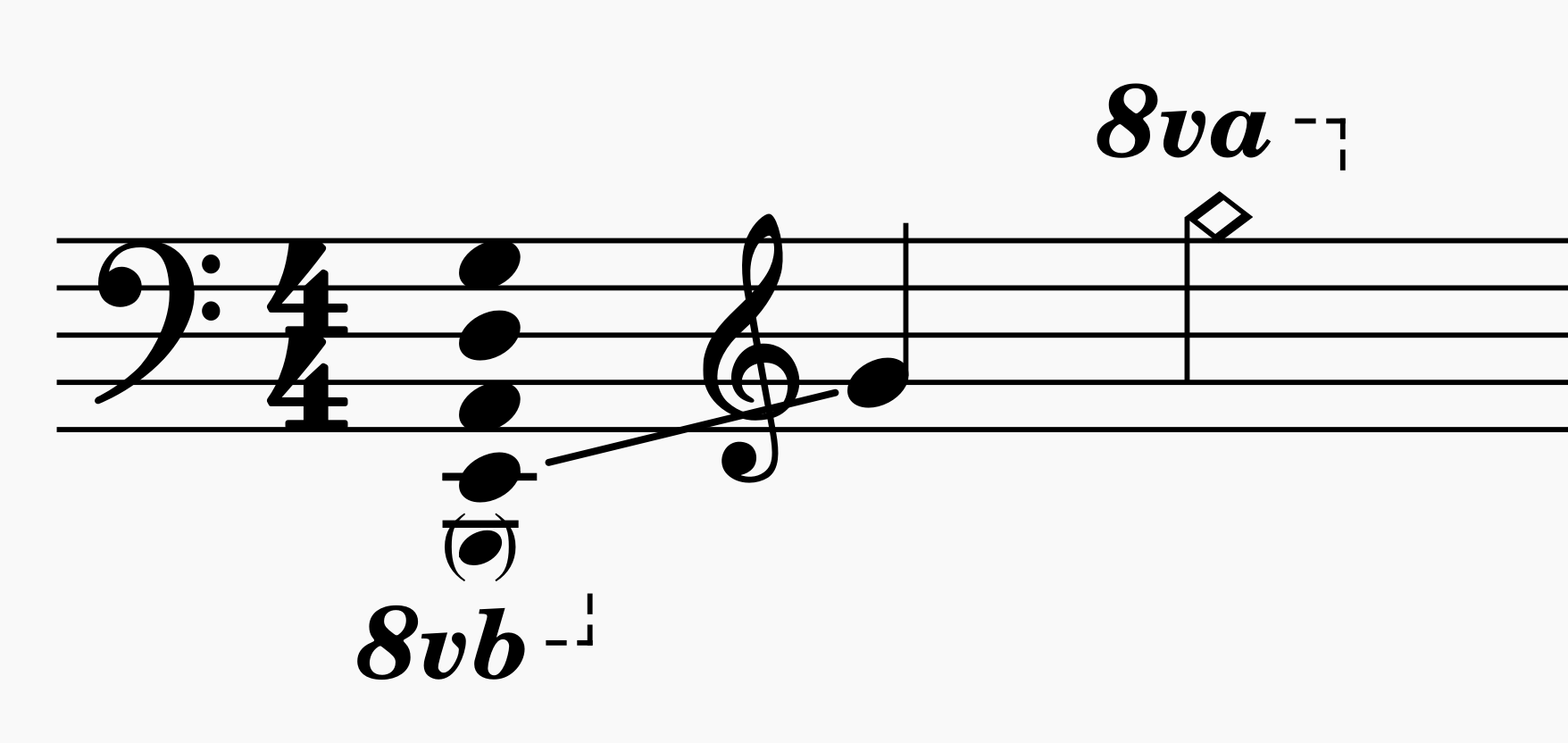|
Cosmos (Buck-Tick Album)
''Cosmos'' is the ninth studio album by the Japanese rock band Buck-Tick. The album was released on June 21, 1996, through Victor Entertainment. It was the group's last album released through Victor and peaked at number six on the Oricon charts. ''Cosmos'' has sold 130,000 copies within two weeks. The album was digitally remastered and re-released on September 19, 2002, with two bonus tracks. It was remastered and re-released again on September 5, 2007. The song "Tight Rope" was later re-recorded as the b-side to the group's " Alice in Wonder Underground" single in 2007, and "Sane" was re-recorded in 2012 for their "Elise no Tame ni" single. The album was heavily influenced by electronic music, as the band started gravitating towards cyberpunk music.. Track listing Personnel * Atsushi Sakurai - lead vocals * Hisashi Imai - lead guitar, backing vocals * Hidehiko Hoshino - rhythm guitar, keyboards, backing vocals * Yutaka Higuchi - bass * Toll Yagami - drums Additio ... [...More Info...] [...Related Items...] OR: [Wikipedia] [Google] [Baidu] |
Buck-Tick
Buck-Tick (stylized as BUCK-TICK) is a Japanese Rock music, rock band, formed in Fujioka, Gunma in 1983. The group has consisted of lead vocalist Atsushi Sakurai, lead guitarist Hisashi Imai, rhythm guitarist Hidehiko Hoshino, bassist Yutaka Higuchi (musician), Yutaka Higuchi and drummer Toll Yagami since 1985. The band has experimented with many different genres of music throughout their three decade career, including punk rock, industrial rock and gothic rock. Buck-Tick are commonly credited as one of the founders of the visual kei movement. They have released 22 studio albums, nearly all reaching the top ten on the charts. History Formation (1983–1985) Buck-Tick was originally formed in 1983. All five of the band members lived in Gunma prefecture. Hisashi Imai originally had the idea for the band, and wanted to start despite not being able to play any instruments at the time. He recruited his friend, Yutaka Higuchi (musician), Yutaka Higuchi, and the two of them began to pr ... [...More Info...] [...Related Items...] OR: [Wikipedia] [Google] [Baidu] |
Backing Vocalist
A backing vocalist is a singer who provides vocal harmony with the lead vocalist or other backing vocalists. A backing vocalist may also sing alone as a lead-in to the main vocalist's entry or to sing a counter-melody. Backing vocalists are used in a broad range of popular music, traditional music, and world music styles. Solo artists may employ professional backing vocalists in studio recording sessions as well as during concerts. In many rock and metal bands (e.g., the power trio), the musicians doing backing vocals also play instruments, such as guitar, electric bass, drums or keyboards. In Latin or Afro-Cuban groups, backing singers may play percussion instruments or shakers while singing. In some pop and hip hop groups and in musical theater, they may be required to perform dance routines while singing through headset microphones. Styles of background vocals vary according to the type of song and genre of music. In pop and country songs, backing vocalists may sing ha ... [...More Info...] [...Related Items...] OR: [Wikipedia] [Google] [Baidu] |
Executive Producer
Executive producer (EP) is one of the top positions in the making of a commercial entertainment product. Depending on the medium, the executive producer may be concerned with management accounting or associated with legal issues (like copyrights or royalties). In films, the executive producer generally contributes to the film's budget and their involvement depends on the project, with some simply securing funds and others being involved in the filmmaking process. Motion pictures In films, executive producers may finance the film, participate in the creative effort, or work on set. Their responsibilities vary from funding or attracting investors into the movie project to legal, scripting, marketing, advisory and supervising capacities. Executive producers vary in involvement, responsibility and power. Some executive producers have hands-on control over every aspect of production, some supervise the producers of a project, while others are involved in name only. The creditin ... [...More Info...] [...Related Items...] OR: [Wikipedia] [Google] [Baidu] |
Audio Mastering
Mastering, a form of audio post production, is the process of preparing and transferring recorded audio from a source containing the final mix to a data storage device (the master), the source from which all copies will be produced (via methods such as pressing, duplication or replication). In recent years digital masters have become usual, although analog masters—such as audio tapes—are still being used by the manufacturing industry, particularly by a few engineers who specialize in analog mastering. Mastering requires critical listening; however, software tools exist to facilitate the process. Results depend upon the intent of the engineer, the skills of the engineer, the accuracy of the speaker monitors, and the listening environment. Mastering engineers often apply equalization and dynamic range compression in order to optimize sound translation on all playback systems. It is standard practice to make a copy of a master recording—known as a safety copy—in cas ... [...More Info...] [...Related Items...] OR: [Wikipedia] [Google] [Baidu] |
Audio Mixing (recorded Music)
In sound recording and reproduction, audio mixing is the process of optimizing and combining multitrack recordings into a final mono, stereo or surround sound product. In the process of combining the separate tracks, their relative levels are adjusted and balanced and various processes such as equalization and compression are commonly applied to individual tracks, groups of tracks, and the overall mix. In stereo and surround sound mixing, the placement of the tracks within the stereo (or surround) field are adjusted and balanced. Audio mixing techniques and approaches vary widely and have a significant influence on the final product. Audio mixing techniques largely depend on music genres and the quality of sound recordings involved. The process is generally carried out by a mixing engineer, though sometimes the record producer or recording artist may assist. After mixing, a mastering engineer prepares the final product for production. Audio mixing may be performed on a mixing ... [...More Info...] [...Related Items...] OR: [Wikipedia] [Google] [Baidu] |
Sound Recording And Reproduction
Sound recording and reproduction is the electrical, mechanical, electronic, or digital inscription and re-creation of sound waves, such as spoken voice, singing, instrumental music, or sound effects. The two main classes of sound recording technology are analog recording and digital recording. Sound recording is the transcription of invisible vibrations in air onto a storage medium such as a phonograph disc. The process is reversed in sound reproduction, and the variations stored on the medium are transformed back into sound waves. Acoustic analog recording is achieved by a microphone diaphragm that senses changes in atmospheric pressure caused by acoustic sound waves and records them as a mechanical representation of the sound waves on a medium such as a phonograph record (in which a stylus cuts grooves on a record). In magnetic tape recording, the sound waves vibrate the microphone diaphragm and are converted into a varying electric current, which is then converted to ... [...More Info...] [...Related Items...] OR: [Wikipedia] [Google] [Baidu] |
Record Producer
A record producer is a recording project's creative and technical leader, commanding studio time and coaching artists, and in popular genres typically creates the song's very sound and structure.Virgil Moorefield"Introduction" ''The Producer as Composer: Shaping the Sounds of Popular Music'' (Cambridge, MA & London, UK: MIT Press, 2005).Richard James Burgess, ''The History of Music Production'' (New York: Oxford University Press, 2014)pp 12–13Allan Watson, ''Cultural Production in and Beyond the Recording Studio'' (New York: Routledge, 2015)pp 25–27 The record producer, or simply the producer, is likened to film director and art director. The executive producer, on the other hand, enables the recording project through entrepreneurship, and an audio engineer operates the technology. Varying by project, the producer may or may not choose all of the artists. If employing only synthesized or sampled instrumentation, the producer may be the sole artist. Conversely, some artists ... [...More Info...] [...Related Items...] OR: [Wikipedia] [Google] [Baidu] |
Piano
The piano is a stringed keyboard instrument in which the strings are struck by wooden hammers that are coated with a softer material (modern hammers are covered with dense wool felt; some early pianos used leather). It is played using a keyboard, which is a row of keys (small levers) that the performer presses down or strikes with the fingers and thumbs of both hands to cause the hammers to strike the strings. It was invented in Italy by Bartolomeo Cristofori around the year 1700. Description The word "piano" is a shortened form of ''pianoforte'', the Italian term for the early 1700s versions of the instrument, which in turn derives from ''clavicembalo col piano e forte'' (key cimbalom with quiet and loud)Pollens (1995, 238) and ''fortepiano''. The Italian musical terms ''piano'' and ''forte'' indicate "soft" and "loud" respectively, in this context referring to the variations in volume (i.e., loudness) produced in response to a pianist's touch or pressure on the keys: the grea ... [...More Info...] [...Related Items...] OR: [Wikipedia] [Google] [Baidu] |
Drum Kit
A drum kit (also called a drum set, trap set, or simply drums) is a collection of drums, cymbals, and other auxiliary percussion instruments set up to be played by one person. The player ( drummer) typically holds a pair of matching drumsticks, one in each hand, and uses their feet to operate a foot-controlled hi-hat and bass drum pedal. A standard kit may contain: * A snare drum, mounted on a stand * A bass drum, played with a beater moved by a foot-operated pedal * One or more tom-toms, including rack toms and/or floor toms * One or more cymbals, including a ride cymbal and crash cymbal * Hi-hat cymbals, a pair of cymbals that can be manipulated by a foot-operated pedal The drum kit is a part of the standard rhythm section and is used in many types of popular and traditional music styles, ranging from rock and pop to blues and jazz. __TOC__ History Early development Before the development of the drum set, drums and cymbals used in military and orchestral m ... [...More Info...] [...Related Items...] OR: [Wikipedia] [Google] [Baidu] |
Toll Yagami
, known exclusively by his stage name , is a Japanese musician, best known as the drummer of the rock band Buck-Tick since 1985. He is the older brother of Yutaka Higuchi, Buck-Tick's bassist. Life and career Toll Yagami dropped out of high school in the tenth grade. His first bands were Shout and Spots, with the latter eventually changing their name to SP. In 1984, the members of Buck-Tick, the band of Yagami's younger brother Yutaka, moved to Tokyo, sans drummer Atsushi Sakurai. Sakurai asked Yagami if he could join SP as vocalist, but was refused. A year later, when Buck-Tick's vocalist Araki was fired and Sakurai replaced him, Yutaka convinced Yagami to join as their drummer.''LOVE ME'', Yasue Matsuura, Takao Nakagawa; Shinko Music Publishing Company, Ltd. 1989. . The line-up has remained the same since, and Buck-Tick are commonly credited as one of the founders of the visual kei movement. Throughout Buck-Tick's long career, Yagami's only writing credits have been lyrics ... [...More Info...] [...Related Items...] OR: [Wikipedia] [Google] [Baidu] |
Bass Guitar
The bass guitar, electric bass or simply bass (), is the lowest-pitched member of the string family. It is a plucked string instrument similar in appearance and construction to an electric or an acoustic guitar, but with a longer neck and scale length, and typically four to six strings or courses. Since the mid-1950s, the bass guitar has largely replaced the double bass in popular music. The four-string bass is usually tuned the same as the double bass, which corresponds to pitches one octave lower than the four lowest-pitched strings of a guitar (typically E, A, D, and G). It is played primarily with the fingers or thumb, or with a pick. To be heard at normal performance volumes, electric basses require external amplification. Terminology According to the ''New Grove Dictionary of Music and Musicians'', an "Electric bass guitar sa Guitar, usually with four heavy strings tuned E1'–A1'–D2–G2." It also defines ''bass'' as "Bass (iv). A contraction of Double bas ... [...More Info...] [...Related Items...] OR: [Wikipedia] [Google] [Baidu] |







